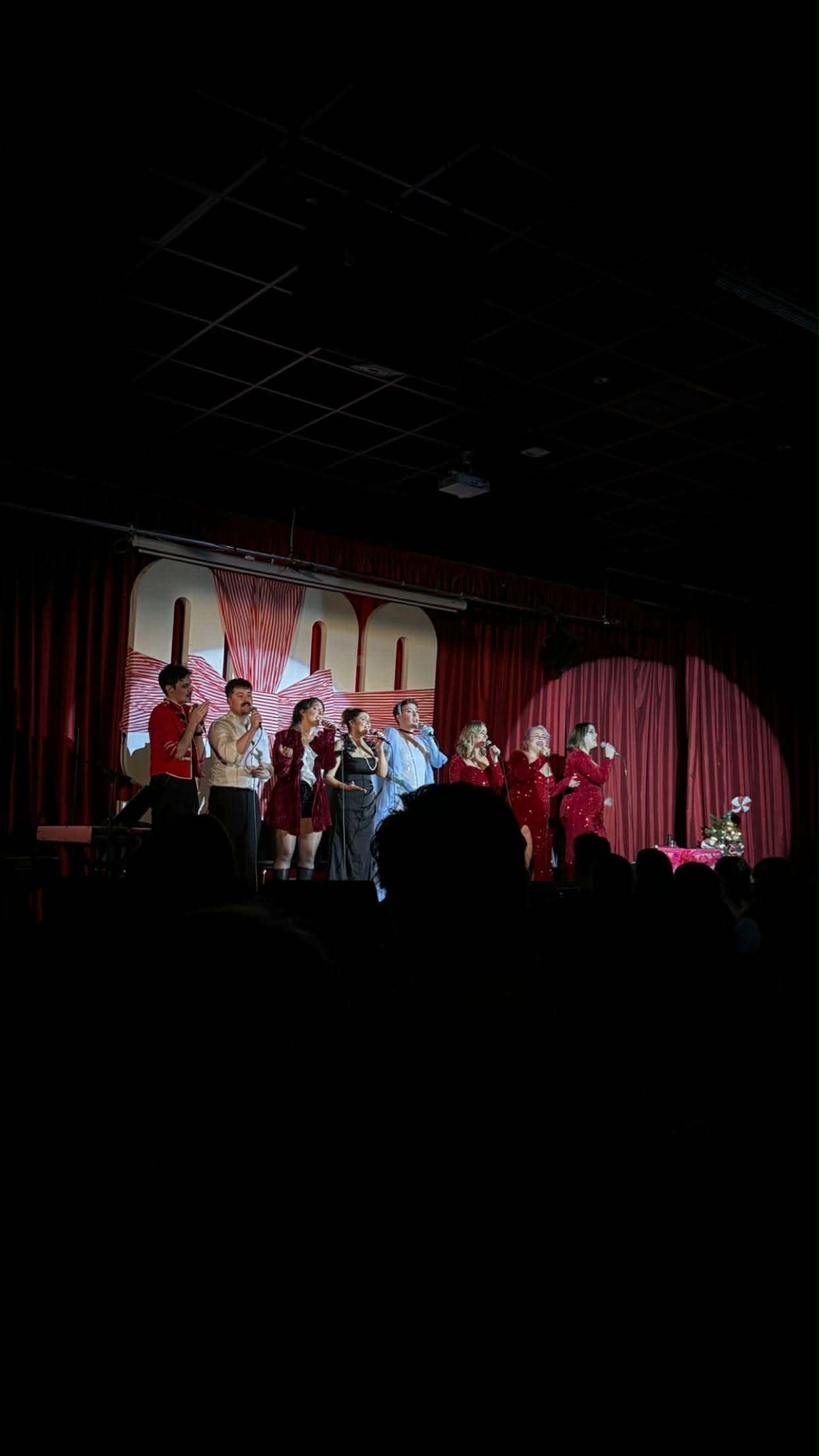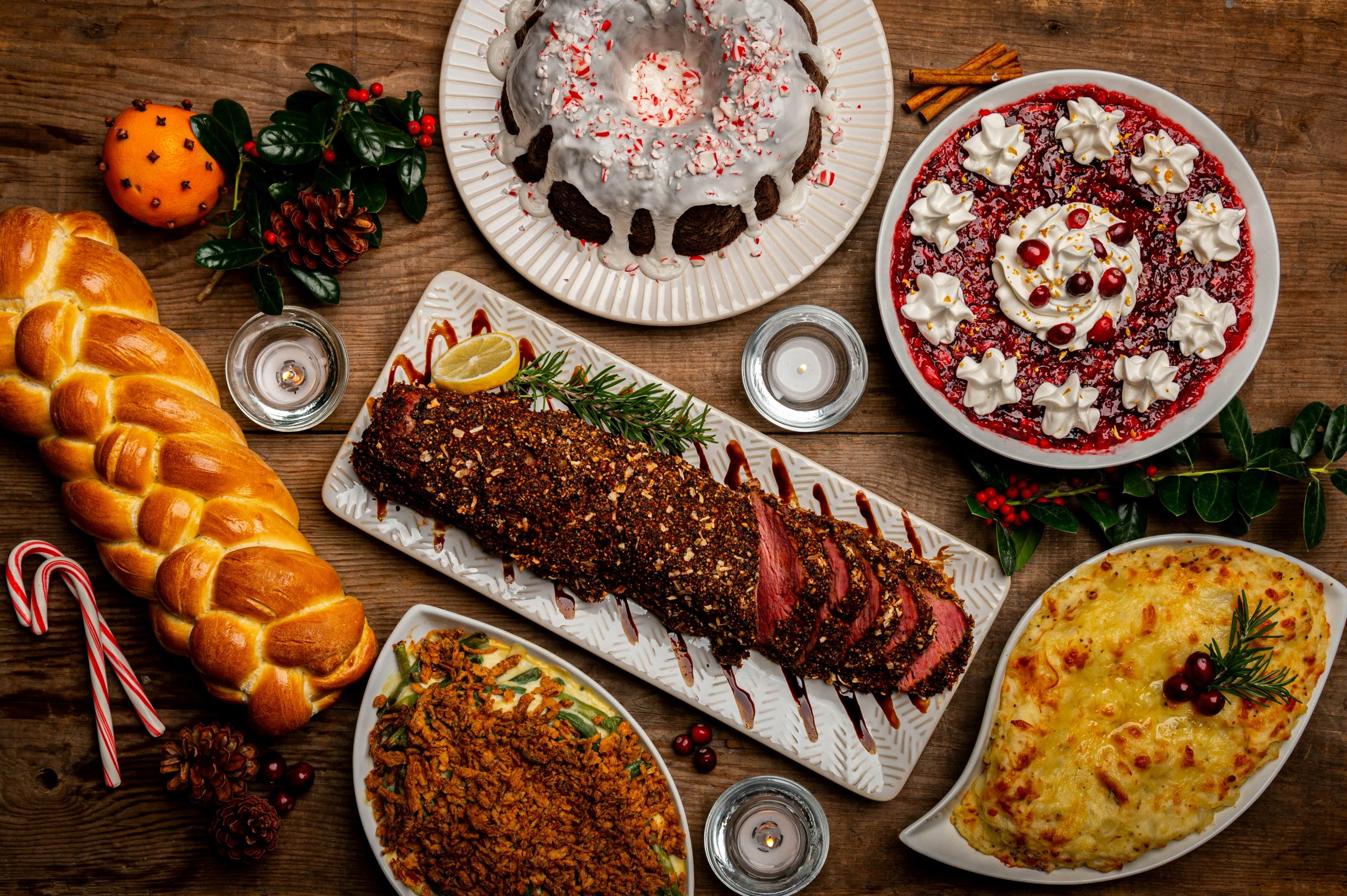What kind of stereotypes or narratives about women does TikTok really perpetuate?
Words by Julia Bottoms, Quench Culture Editor
We spend a lot of time on TikTok these days. The average UK teenager spends 75 minutes a day on TikTok, opening the app 19 times in a single day. 
So, I’m sure any chronically online Gen Z-er (like myself) will have encountered the ÔÇÿgirl dinner’ or ÔÇÿgirl math’ trend that is currently doing the rounds on the clock app. If you’re not in the know – there’s a few trends that have surfaced on TikTok that outline a variety of ÔÇÿgirl specific’ experiences within the modern world. For example ÔÇÿgirl dinner’ is a trend showing female creators’ favourite ÔÇÿnibbles’ and low effort foods that they like to have as a meal when eating alone (resembling the iconic ~ÔÇÿpicky bits’~). And ÔÇÿgirl math’ is apparently an intrinsically female kind of mathematical logic that can be used to justify one’s spending habits.
Stereotypes have been around for a long time, especially those about girls and women. They’re often seen as limiting and reductive as they’ve been used to typecast women into certain roles, for example the dumb blonde, the bimbo, or the crazy ex-girlfriend. But in some ways, stereotypes can work to affirm a collective, to represent something larger that women have in common, perhaps a shared belief or lived experience. I’m curious as to if ÔÇÿGirlTok’ (as I’m calling these specific ÔÇÿgirl’ – related trends on TikTok) is a positive or beneficial social construction – or whether it works to further perpetuate misogyny. In what ways can it be seen as offensive? Is it even accurate, or funny? And how do you look if you complain about it?┬á
The feminine urge to GirlTok
In many ways, ÔÇÿGirlTok’ creates a personalised digital space to affirm experiences of girlhood that tie young women together. Within our increasingly virtual spheres of socialisation, many of our interactions with others are enacted through parasocial relationships online. Social media platforms like TikTok synthesise wide streams of interactions and content into narrow, audience-specific trends; tailored to each individual user based on their background information (post interaction, age, gender and location).
GirlTok trends have been both created and popularised by female TikTok creators. Many claim that instead of perpetuating patriarchally constructed stereotypes that are traditionally used to poke fun at girls, these TikToks are made by and made for – the Girls. Some even go as far as to view the ÔÇÿgirl dinner’ trend as a kind of postmodern subversion of traditional stereotypes, becoming an act of resistance against a woman’s traditional role in the kitchen. The modern woman has control over her diet, meal choices and lifestyle, providing only for herself and catering only to her own needs. And others see ÔÇÿgirl math’ as simply a playful thought process, or even a light-hearted way of bringing humour to a cost of living crisis. In these ways, GirlTok functions as a valuable space for women and girls to find light-hearted humour in the everyday, and come together to recognise these seemingly universal facets of modern femininity. In other words, it’s just a joke.
Or is it?
However, some argue that these trends are first: only mildly funny, and second: a bit condescending. Some feminists start with the argument that GirlTok is infantilizing as it reduces women to ÔÇÿgirls’, and necessarily defines womanhood in absolute opposition to masculinity.
Specifically, the whole schtick with ÔÇÿgirl math’ is that it’s wildly and foolishly inaccurate. According to ÔÇÿgirl math’, buying things with cash is free because ÔÇÿit’s not real money’. Booking a holiday a year in advance makes it free because you’ve forgotten about how much it cost when you actually go on it. Oh, and a student loan is ÔÇÿfree money’ that you don’t have to think about actually paying back at some point. These are consciously ludicrous excuses to justify consumerism and spending – it is meant to be taken ironically and not literally.
But on a deeper level, it’s using ÔÇÿgirl’ as a proxy for ÔÇÿdumb’ or ÔÇÿstupid’ because the whole logic is so self-consciously silly. In many ways, ÔÇÿgirl math’ can be seen as a subtle way of calling women financially uneducated and irresponsible. And don’t even get me started on how wonderful ÔÇÿgirl math’ is for suckling the capitalist machines that feed off consumerism and materialism. As argued by Tori Dunlap, author of The Financial Feminist, ÔÇÿThe girl math thing is really showing us that we have to do these mental gymnastics about our spendingÔǪWe’ve been judged for our spending and we feel guilty any time we spend money on anythingÔǪ’
Moreover, many have identified a sleuth of problematic ÔÇÿgirl dinner’ videos that are harmful in many ways. Coined by TikToker Olivia Mahler, the ÔÇÿgirl dinner’ trend is a light-hearted take on the meals that women like to eat when they are alone – often charcuterie-esque platters consisting of bite sized nibbles from incongruent food groups. It encapsulates the lazy girl’s guide to dinner when you can’t be bothered to cook a hot meal.
However, some problematic takes on the trend have also emerged. Some videos portray a meal the size of a toddler’s. Another video documented a meal that consists of a tray of ice, and another creator even confessed to their tasty ÔÇÿgirl dinner’ of air. Clearly, ÔÇÿgirl dinner’ is not about maximising nutritional value; think more ÔÇÿchild lunch’. While ÔÇÿgirl dinner’ may not be intended to cause harm, it arguably perpetuates the idea that girls usually eat less or necessarily have a lesser appetite than their male counterparts – maybe even that girls should consume less, or that they should take up less space – which sits uncomfortably close to a 1950s-esque rhetoric that girls deserve less, or are less than a man.
Some have even gone as far as to say that this trend resembles a #throwback to the good old days of tumblr ÔÇÿthinspo’. This obsession with womens’ diets and lifestyle frames GirlTok as a much more sinister instrument of surveillance; ÔÇÿ#girldinner’ inadvertently creates a platform for the comparison of women’s portion sizes, producing a slippery slope in terms of entertaining chronic undereating without acknowledging the harmful and triggering impact on vulnerable audiences or those who struggle with disordered eating. Ultimately, ÔÇÿgirl dinner’ perpetuates a form of performative femininity that champions a restrictive mindset and speaks to the pervasiveness of diet culture. It also normalises a polarised, gender oriented way of experiencing the world in implying that men and women are fundamentally on unequal footing.
Leave me and my girl math alone
On the other hand, you may ask – why do you care so much?! It’s not meant to be taken that seriously. And to an extent, I agree.
I believe that the GirlTok trends originated with wholesome intentions – collectivising womens’ experiences and creating a sense of sisterhood.
However, TikTok’s profound capacity to catapult a trend or a phrase into a generation’s collective sphere of reference means that problematic and controversial interpretations of these trends inevitably emerge once they become popular. Ultimately, the influence and impact of GirlTok lies completely in each creators’ individual interpretation of the meme.
I believe that there’s a bigger problem at hand – it’s that if you find issues with these trends, you yourself are seen as the problem. You fulfil the Gen Z ÔÇÿwoke police’ stereotype by being perpetually triggered about anything and everything, no matter how trivial or meaningless it might seem in the grand scheme of things. Or you’re accused of trying to girlboss the patriarchy by ÔÇÿcancelling’ anything deemed even slightly misogynistic. So it’s a lose – lose situation either way.
Ultimately, GirlTok demonstrates how social media and capitalism socially condition women into a kind of performative femininity by perpetuating stereotypes that mock girlhood, whether that’s done consciously or not. And while these trends are, on many levels, deeply true or funny – they still extend patronising and condescending narratives that have been constructed by patriarchal ways of viewing and thinking about women.
#justgirlythings


